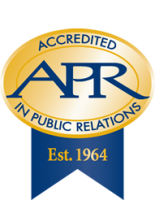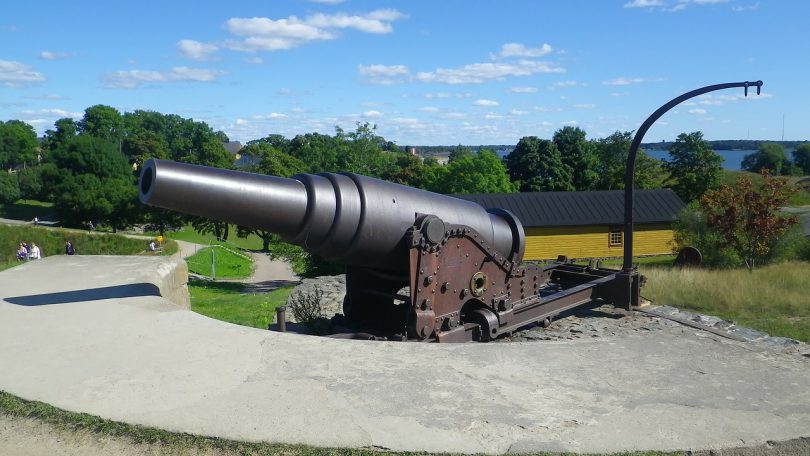After a 27 year Navy career, with 21 of those years as a navy public affairs officer, I was very secure in my abilities as a practicing PA professional. Like everyone else, I had built my box in a fashion to make me successful in the segment of public relations (public affairs) I had become accustomed to. Little did I know there was a whole great big world out there that had all facets of the public relations profession I didn’t even know existed?
I first heard about the APR, following my military retirement, through the firm I had transitioned to. In the military, as you increase in rank, you increase your responsibility, accountability and credibility. Seniority (rank) became a badge of experience and competence. Once I retired, that symbol of being a credible PR professional vanished. Saying you were a public affairs officer for 21 years only indicated that you held a job for that long, not how well or competently you performed.
My journey to APR was a bit of a chaotic march toward completion. The same day I became a member of PRSA and the National Capitol Chapter (NCC), I printed off the APR Study Guide, enrolled in the APR Study Cohort Course and was on a webinar that evening. Wow! Insert firehose and turn it on full. As the webinar concluded that evening, I found myself on Amazon ordering six books from the short shelf reading list.
At first, I couldn’t understand why people were saying the process would take about a year to complete. I was a Navy-trained PA career professional who had qualified for multiple watch stations, my submarine designation and various other collateral duties — always much quicker than the prescribed allotted times. I was going to get this done in six months! NOT! In real time, my journey took about 18 months, some of which was spent unwiring my thinking and trying to teach old dog new tricks.

Okay. There is this process called RPIE, which at the onset of my journey I clearly didn’t understand. If I had, I would have started with the research phase instead of the implementation phase. Chalk that one up to a lesson learned! Throughout the process, I found myself lacking a solid plan and instead settled for more of a “just get it done” approach — wrong. Looking back now, I would have definitely applied the RPIE through a much more structured approach that would have cut the time of my journey by months and would not have created so many of the chaotic episodes along the way.
My advice would be to do your research first, followed by a lot of initial reading (“Effective Public Relations” is the bible) and cursory studying — do your due diligence. Attend a mini Jump Start or Boot Camp Class. Identify the key players in your journey — the ones who will do so much to help you understand the process and work to assist you in achieving that ever-important goal of obtaining your APR. Be prepared before you apply for your Accreditation and start the actual clock, thereby removing a whole lot of unnecessary stress. Trust me, work and life will create enough stress along the way, so don’t add any more unnecessarily.
Bear with me as I identify a few of the key players on my team, starting with Kathy Mulvihill, PRSA in NYC; Mitch Marovitz, Jen Bemisderfer, and Jack Holt PRSA, NCC; Michael Henry, APR, Cohort Course; the untold number of caring APRs on the numerous webinar sessions; and of course the members of my Readiness Review board. Together we were able to work to get “me” across the finish line! So I no longer have initials in front of my name, but through determination, conviction and a total team effort, I now proudly display initials after my name.
Robert (Bob) Mehal, APR is Strategic Communication Advisor to the Under Secretary of Defense for Intelligence.








Congratulations, Bob. This is truly an addition to what I am sure was a stellar career.
[…] Source link […]
A fine testament to the value of the Accreditation journey. Thanks for sharing your story!
Bob, this is great. I always enjoyed your guest teaching in the cohort class with Michael Henry. Thanks for the inspiration. Your chapter, NCC, where I did my readiness review, has asked me to pen something and used this blog post as a sample. Thanks again for always being out front and leading the APR pack!